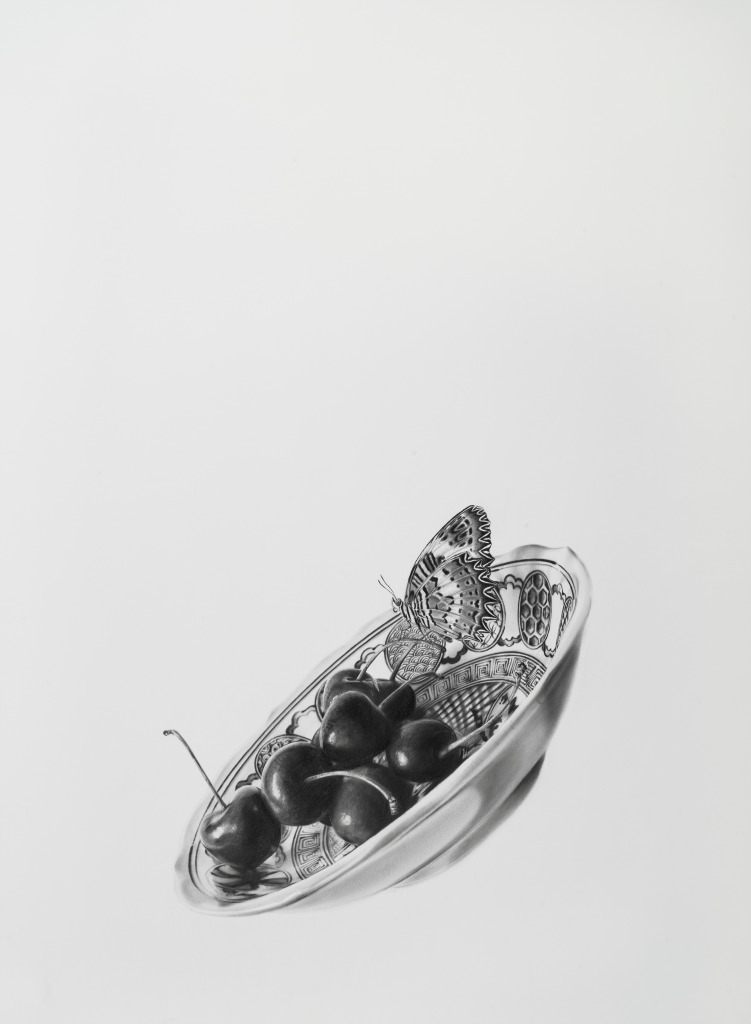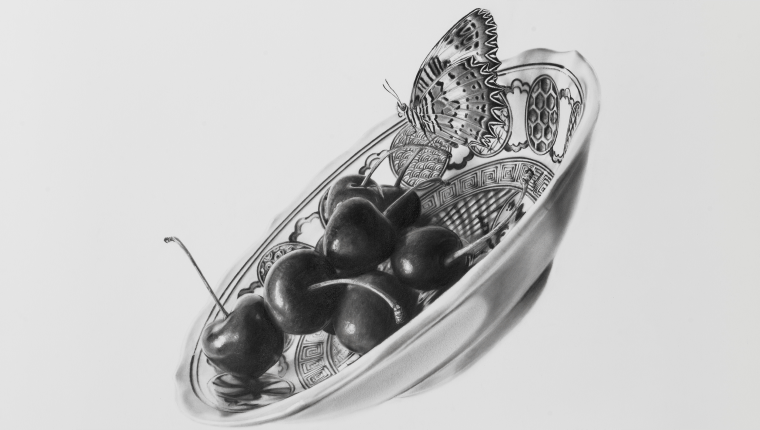Here in St. Petersburg, we are incredibly fortunate to host a museum dedicated to the Arts and Crafts Movement. This museum is a testament to a period that emphasized the beauty of craftsmanship, the integrity of materials, and the profound influence of nature on artistic inspiration. The Arts and Crafts Movement championed designs that were not only aesthetically pleasing but also durable and meaningful. These creations were considered works of art in their own right, blending functionality with artistic expression in a way that has stood the test of time.
In stark contrast, our current capitalist system often fails to reward quality and longevity. This economic framework has given rise to the business practice of planned obsolescence. This strategy involves designing products to wear out quickly or require frequent replacements, thereby ensuring continuous profit streams for manufacturers. As a result, consumers find themselves trapped in an endless cycle of consumption. This relentless pursuit of profit wastes our time and money and wreaks havoc on our ecosystems, leading to resource depletion, environmental degradation, and increased pollution.

Yet, amidst this cycle of consumption and waste, there is hope. We do not have to accept a life devoid of beauty and creativity, nor must we resign ourselves to the drab monotony of minimalist, uninspired living spaces. By embracing the philosophies espoused by figures like William Morris, a key proponent of the Arts and Crafts Movement, we can begin to shift our economic paradigms away from the unsustainable practices of capitalism.
Morris and his contemporaries believed in the possibility of a society where craftsmanship and quality were valued over mass production and disposability. By adopting such principles, we can envision a future where technological advancements are harnessed to produce goods sustainably and affordably. This shift would allow us to create a society where the well-being of all individuals is prioritized, and where the environment is protected and respected.
In this reimagined world, material goods would once again become treasured possessions, crafted with care and meant to last. Our homes could be filled with beautiful, durable items that bring joy and inspiration, rather than clutter and waste. By rethinking our approach to production and consumption, we can nurture a society that values quality, sustainability, and the well-being of all its members, ensuring a brighter future for generations to come.
My drawing, Planned Obsolescence, is on view at The Gallery at Creative Pinellas until July 21st.



